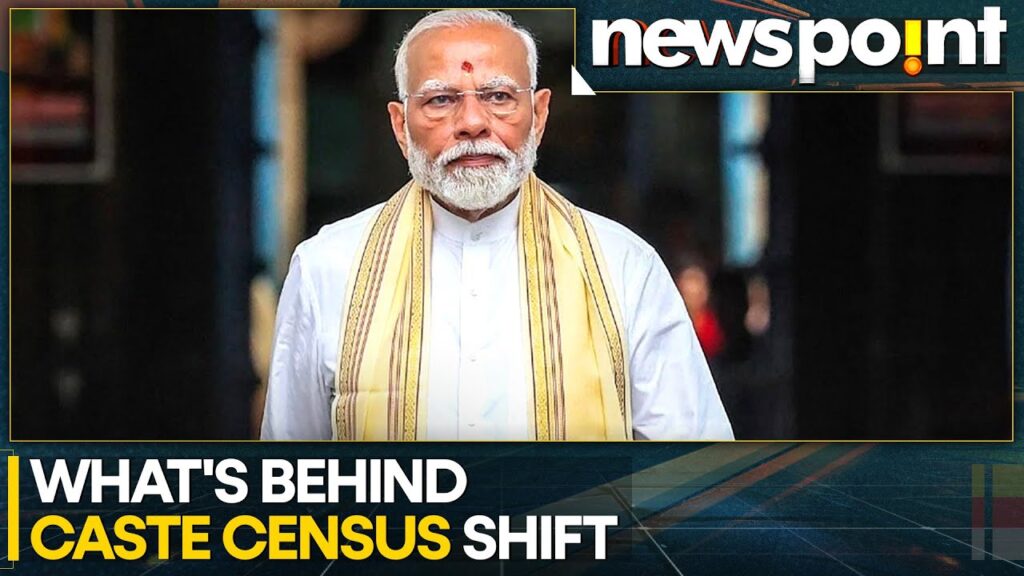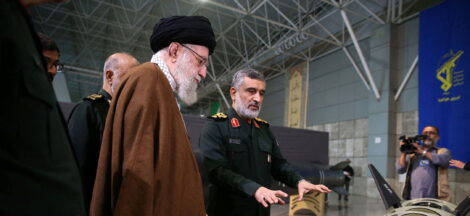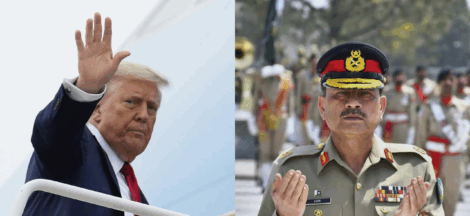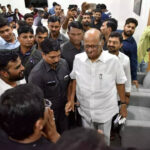By Ram Puniyani
In the run up to 2024 elections Rahul Gandhi in particular talked of the need for caste census. This was supported by many opposition leaders. Congress ruled states and NDA ruled Bihar also carried out the census. This caste census issue was one of the major planks of the opposition’s slight revival from being in the dumps in that election.
Prime Minister Narendra Modi opposed caste census tooth and nail stating that this is part of Urban Naxal thinking. Its parent organization RSS said that it is a ploy to divide Hindu society. In this background when on 30th April 2025 the Modi Cabinet took the decision to include caste as a part of the forthcoming census. As such the census which was due in 2021 has been pushed forward so far. There are many guesses as to why at this point of time BJP has decided to get this done.
There is a view that this is being done keeping in mind the forthcoming elections in Bihar in particular. As such the timeline for this caste census and conversion of the findings into policy has not been outlined. The most likely reason may be the electoral compulsions in Bihar and in other elections in future. It is clear that the plank of Rahul Gandhi in particular has been caste census and lifting of the ceiling of 50% on reservations. This got a positive response from substantial sections of the electorate and so RSS-BJP might be venturing on this step for social justice to which they are opposed to the core.
It can be unhesitatingly said that the emergence, foundation of RSS was mainly to oppose the rising awareness of Dalits for social justice, particularly after the efforts of Jotirao Phule and later by Bhimrao Ambedkar, the pioneers of social justice in the last two centuries. As dalit awareness started rising the upper caste started feeling the discomfort and came with the concept of Hindu nation. It goes without saying that Manusmriti was the core principle guiding their social values.
The second Sarsanghchalak of RSS, M.S. Golwalkar eulogized the laws of Manu as being most ancient and needed to be emulated in the present times. As Gandhi, particularly after 1932 began his yeoman efforts to work against caste system, going from village to village ensuring that dalits can enter the public places, temples and water sources, the RSS kept totally aloof from any such effort and kept training its swayamsevaks and Pracharaks in the values of caste and gender hierarchy.
Savarkar, whom RSS regards greatly did make some efforts against the caste system, but they were hardly deep set and in due course were eclipsed by his politics of loyalty to British rule. While opposing the Indian Constitution he articulated that Manusmriti is the Law today. In opposing the Constitution, RSS mouthpiece Organizer said there is hardly anything Indian in the Indian Constitution, as it ignores the great values of their holy tome, Manusmiriti.
Its major base initially was upper caste Brahmin-Baniya in particular. Other upper castes rooted in values of caste and gender hierarchy also backed the RSS.
In due course as electoral compulsions dawned upon the Hindutva forces they consciously worked for co-opting dailts, advasis and OBC into their vortex. They floated ‘Samajik Samrasta Manch’ (Social Harmony Forum) to work among dalits to win them over the politics of Hindu Nationalism. They praised different jatis, caste as great contributors to Hindu Samaj. Their publication of books in history and ‘greatness’ of various jatis was a statement to cajole the low caste into their net. Hindu Charmakar Jati, Hindu Valmiki Jati and Hindu Khatikjati were three major volumes which were released by RSS Chief Mohan Bhagawat who stated that all castes were equal.
They also identified icons from these castes and presented them as great heroes of Hindu society and gave an anti Muslim slant to them. Raja Suhel Dev is an example of this strategy, where Suhel Dev of Pasi community was projected for wooing dalits. Eating with them was undertaken and this fed into the process of Sanskritization, gradually winning sections of dalits as their foot soldiers.
Various other strategies like campaigning among dalits that BJP is the only party not appeasing Muslims, who are the enemies of Hindu society. They started being drawn to RSS shakhas and many of them were given some important positions. A section of dalit leaders were wooed with power and resources, like Ram Vilas Paswan and Ramdas Athawale. Chirag Paswan declared that he is Hanuman for Modi.
The testing time for RSS-BJP and social justice was the implementation of the Mandal Commission. The upper caste responded to this in a very hostile manner, to the extent of self immolation by one of them. RSS-BJP knew that opposing it openly will be detrimental to their electoral interests. So they did not verbally oppose it but drew a bigger line in response to Mandal in the form of Kamandal. They intensified the Babri demolition campaign with full gusto and succeeded in polarizing the upper caste. This opened the path to electoral power for them and the electoral support for this sectarian politics zoomed up quickly.
This time around it will be interesting to observe as to how they will handle the caste census to circumvent the interests of uppercase. The uppercase are aghast with the idea of caste census by the party of their choice, the party which has been nurturing their interests. One knows that RSS is deeply entrenched in the social and political system of the country. It is already said that the OBC census should not be used for political purposes. It is capable of devising new language to halt the march of social justice while paying lip service to caste census.
It is time that all political parties having deeper commitment to the Indian Constitution need to come on the same platform to stand with the agenda of social justice. Honest implementation of the results of caste census needs to be taken up on priority basis for having a just and humane society. (IPA Service)




 Sharad Pawar Hints At Possible Reunification Of NCP Factions
Sharad Pawar Hints At Possible Reunification Of NCP Factions 